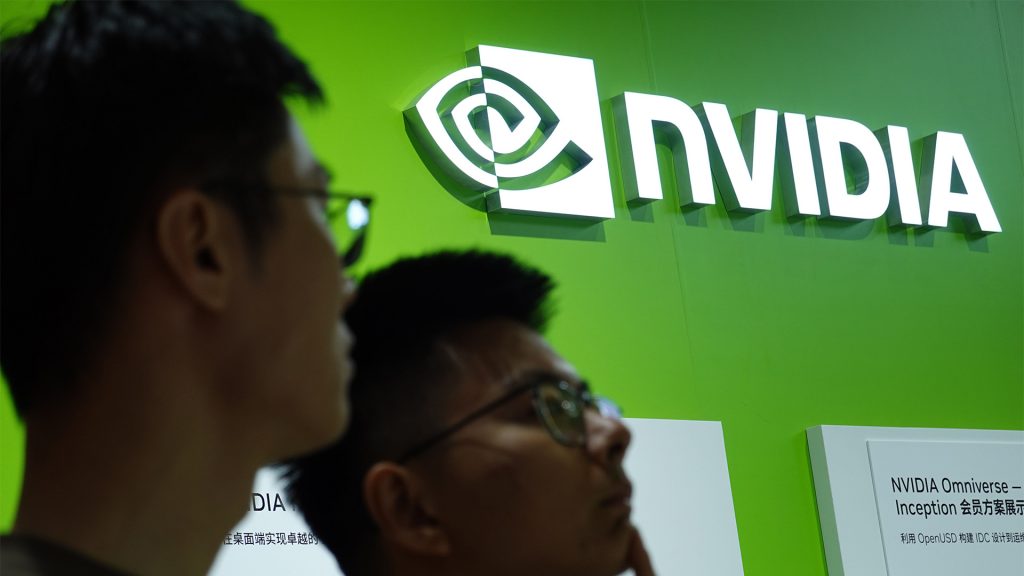Why Nvidia’s AI chips dominate the globe — and why China will do anything to get them

President Donald Trump has granted permission for the world’s leading artificial intelligence (AI) chipmaker, Nvidia, to sell its advanced technology in China, reversing a previous ban that sought to uphold U.S. dominance in AI. The ban had originally been put in place due to concerns that China would be able to advance its military, surveillance efforts and autonomous weapons systems with access to Nvidia’s AI chips.
Trump’s reversal came as part of a broader trade deal in which China agreed to ease restrictions on rare earth mineral exports to the U.S., which are vital for electronics manufacturing. In return, Nvidia is now permitted to sell a stripped-down version of its hardware, known as the H20 GPU, that was specifically designed to comply with U.S. trade restrictions. The chip is still capable of supporting AI development but is far less powerful than Nvidia’s top products.
While industry leaders debate Trump’s decision, one question is central: What makes Nvidia’s chips, even ones manufactured to be less powerful, so sought after
The answer, according to experts, is that Nvidia’s AI chips are simply faster, more efficient and resilient than anything else produced, cementing the company’s products as essential building blocks for the most powerful AI systems.
But how did Nvidia reach the top?
A major innovation
Founded in 1993, Nvidia made its first big splash with the introduction of the graphics processing unit, or GPU, which renders 3D animations in video games. A central processing unit, or CPU, can carry out a small number of sequential tasks at high speed. But GPUs allow for tens of thousands of calculations to be carried out simultaneously.
Nvidia expanded its technology in 2006 by introducing the software known as CUDA, which allowed GPUs to be programmed to perform a broader array of tasks beyond rendering graphics. The software enabled consumers to use Nvidia’s chips to complete more complex calculations related to subjects such as astroscience and engineering.
Researchers took the technology one step further in 2012 by using Nvidia’s GPUs for image recognition, a development that would later lead to image-generating AI tools. It was also discovered that Nvidia’s GPUs are highly efficient at training AI models, such as those now used by OpenAI’s ChatGPT and Microsoft’s Copilot.
Nvidia’s AI chips have been at the forefront ever since. And despite attempts by competitors, Nvidia continues to produce significantly more advanced GPUs. Nvidia’s flagship AI chip, the H100, can perform about 2 quadrillion calculations per second in standard AI training – and nearly 4 quadrillion in optimized modes using newer formats.
By contrast, the best AI chip from China’s Huawei, the Ascend 910C, tops out at around 800 trillion AI computations per second.
An AI black market
The H100 also performs those calculations at a faster speed and with greater energy efficiency. Coupled with Nvidia’s advanced architecture, software ecosystem and enterprise support, few other companies come close.
The value of Nvidia’s AI chips is readily apparent in China. Buyers regularly pay hefty prices for smuggled or refurbished Nvidia chips rather than domestic GPUs, which underperform on key metrics and lack the full software integration that AI systems require.
The Financial Times reported that Nvidia AI chips worth at least $1 billion were smuggled into China between April and July, after the U.S. initially placed restrictions on their export. The massive influx has even led to a black market of repair shops that specialize in Nvidia’s AI chips.
Nvidia has argued that selling these low-powered chips will reduce China’s incentive to further develop its own hardware. But critics, including Ben Buchanan, a former White House advisor under former President Joe Biden, say even the H20 can accelerate not only China’s military capabilities but enable the country to diminish long-term U.S. dominance in AI.





